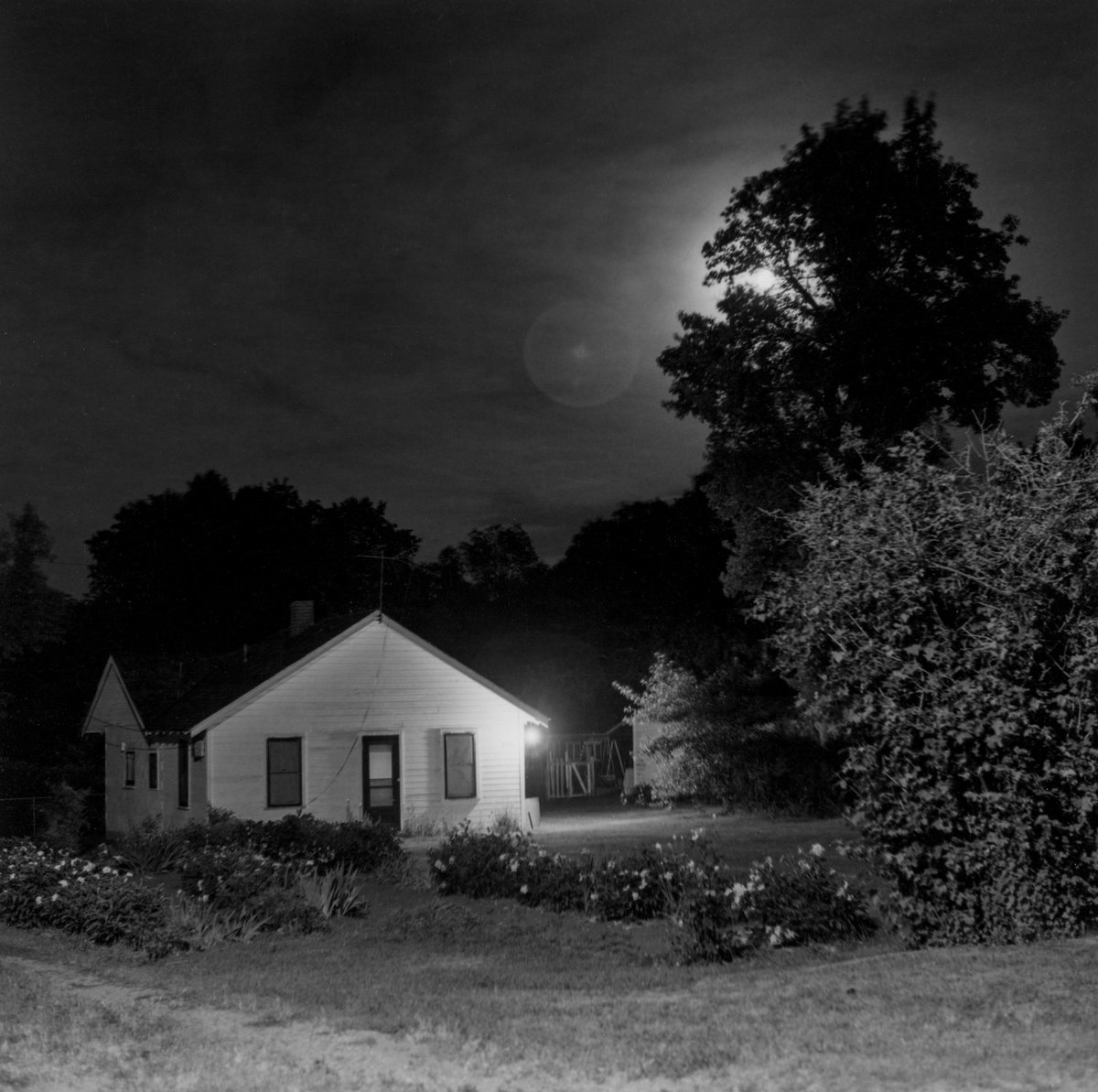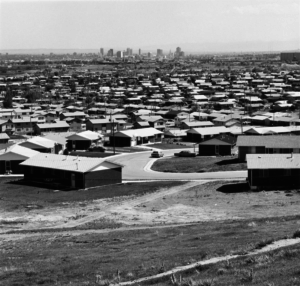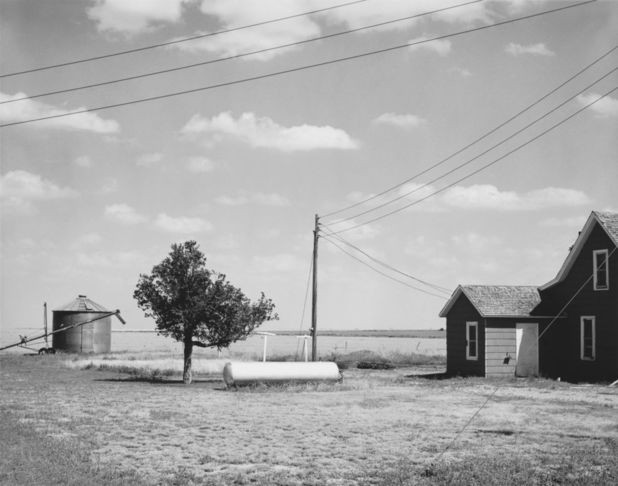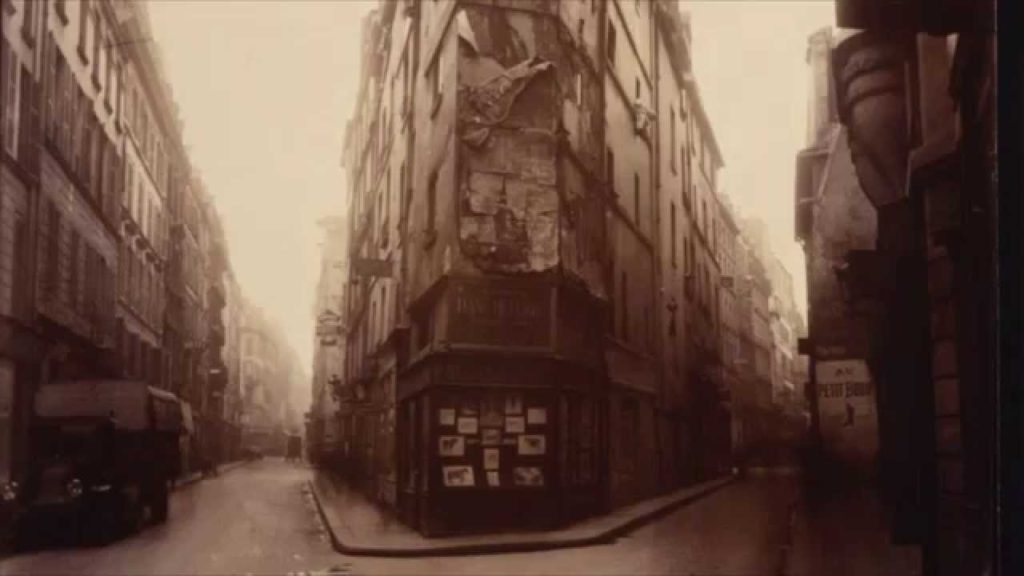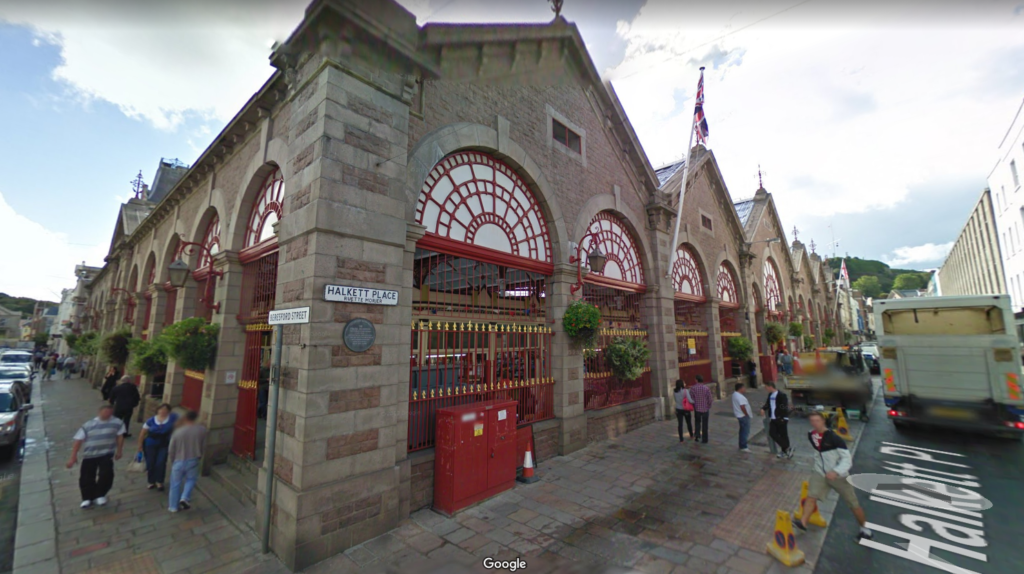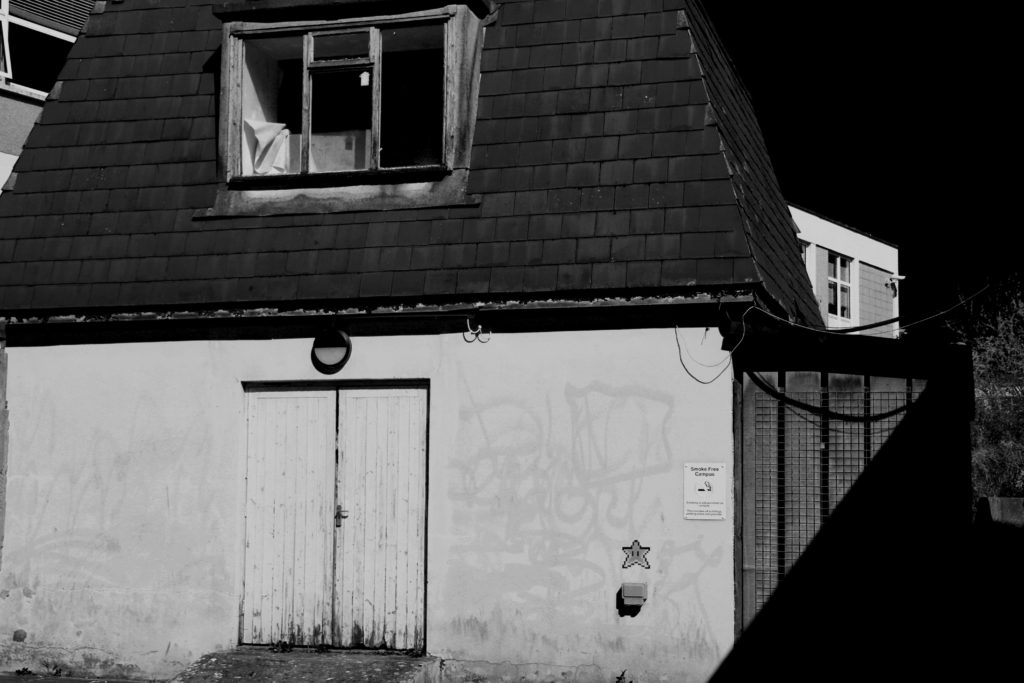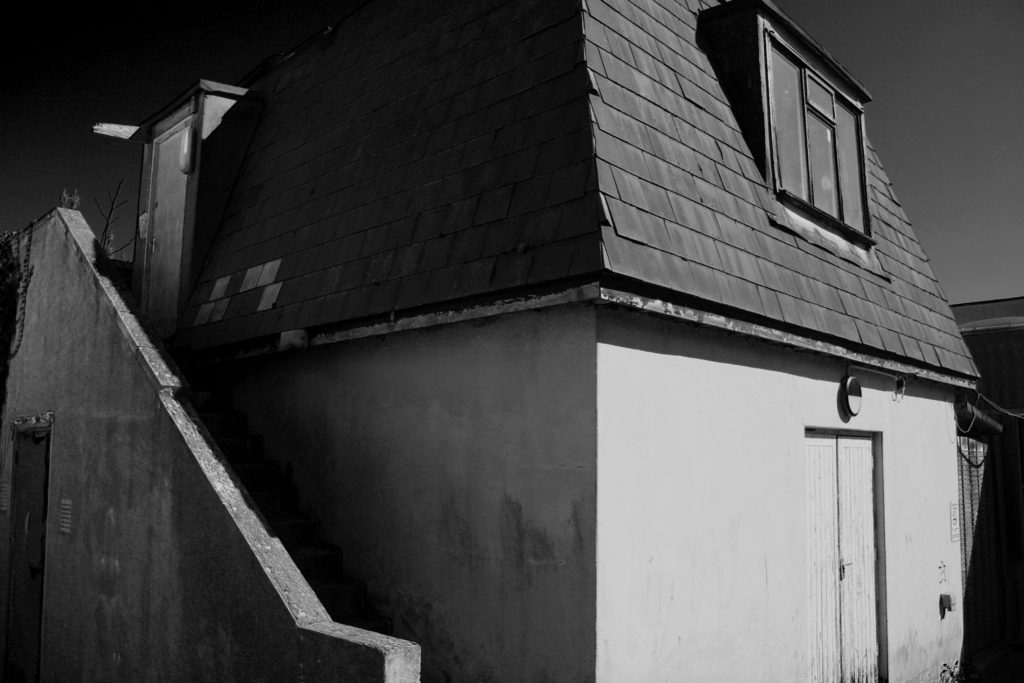
Lewis Baltz was born in Newport Beach, California, on 12th September 1945. He studied at the San Francisco Art Institute, and received an MFA from the Claremont Graduate School in 1971 which he then worked as a freelance photographer in California to then he taught photography at various institutions such as the California Institute of the Arts, the University of California, Yale, the École Nationale Superieure des Beaux-Arts, Paris, and the Art Academy of Helsinki. Baltz was a visual artist and photographer who became an important figure in the New Topographics movement during the late 1970s. He wrote for many journals, and contributed regularly to L’Architecture d’Aujourd’hui, his work has been published in a number of books, presented in numerous exhibitions, and appeared in museums such as the Museum of Modern Art, Paris, Museum of Contemporary Art, Helsinki, San Francisco Museum of Modern Art and The Whitney Museum of American Art, New York. In 1973 and 1977 Lewis Baltz received National Endowment for the Arts grants and a Guggenheim Fellowship. Baltz has produced many projects on commission, among them The Nation’s Capital in Photographs for the Corcoran Gallery of Art and Near Reno for the Nevada State Arts Commission. Since the mid 1980s he has been based in Europe and travels extensively.
Image Analysis

In this image it shows a shallow tonal range as it focuses on the white tones rather than the black tones of the image except for the ground as it shows a black tone that is lightened.












